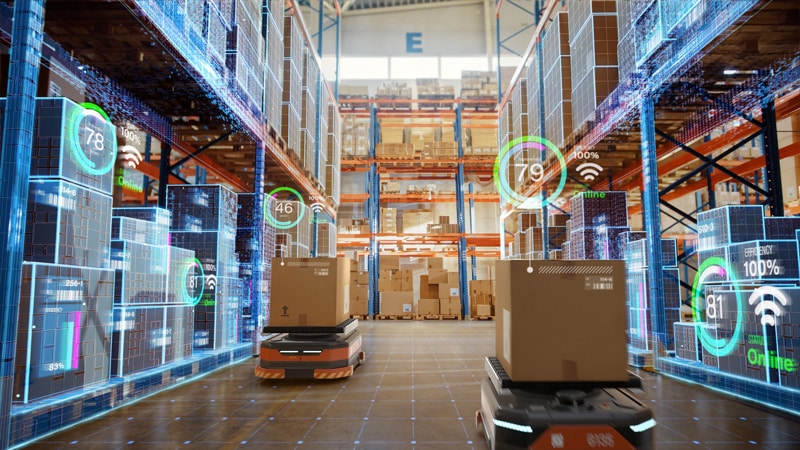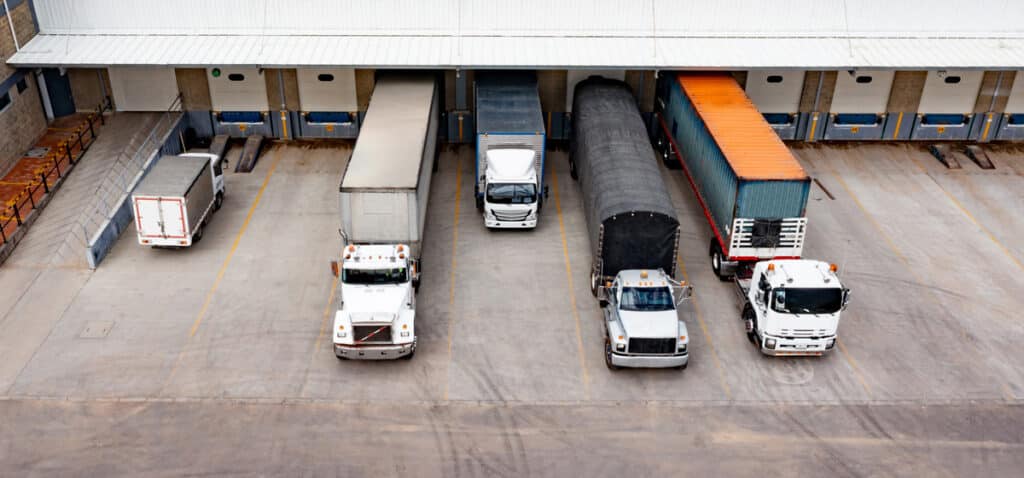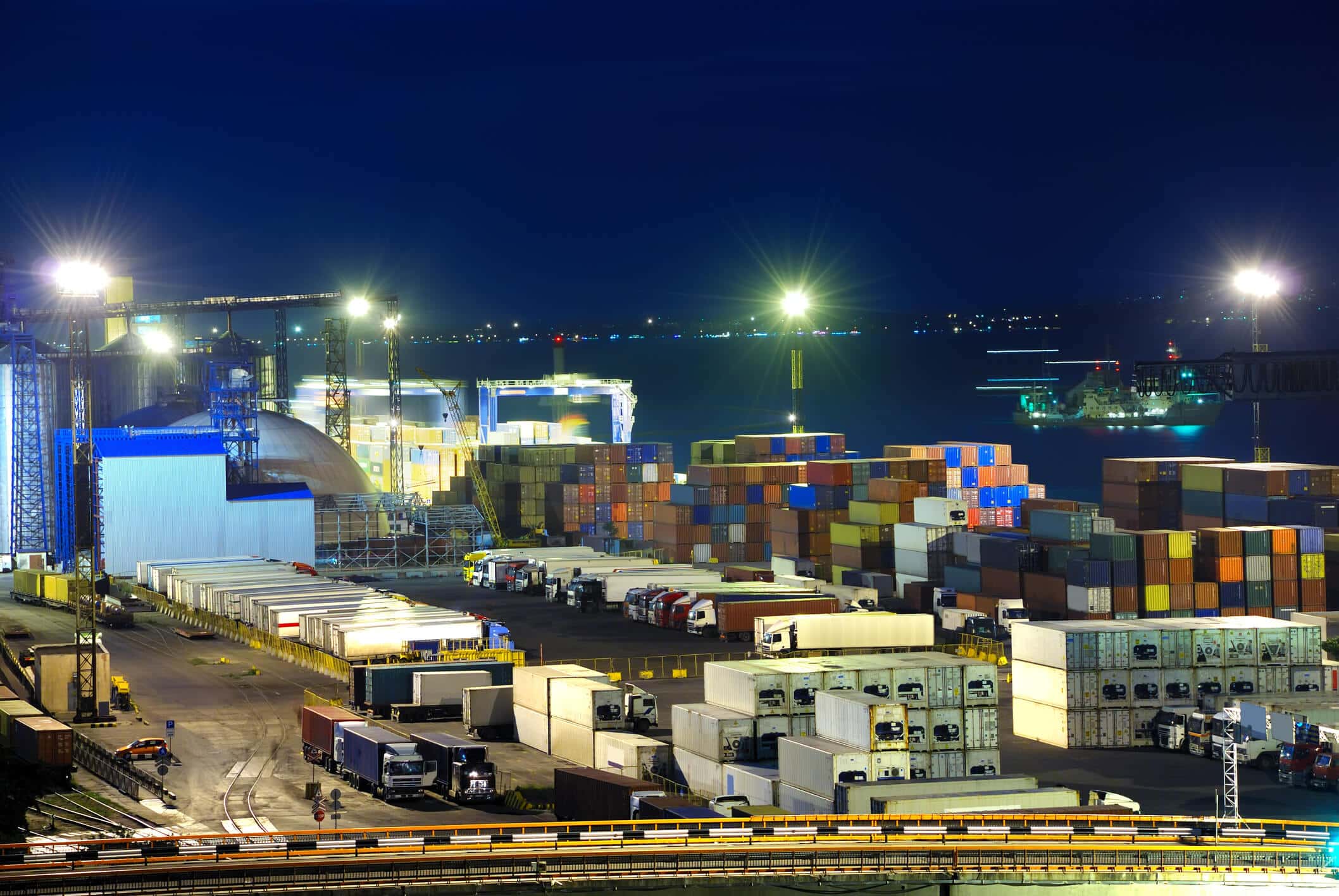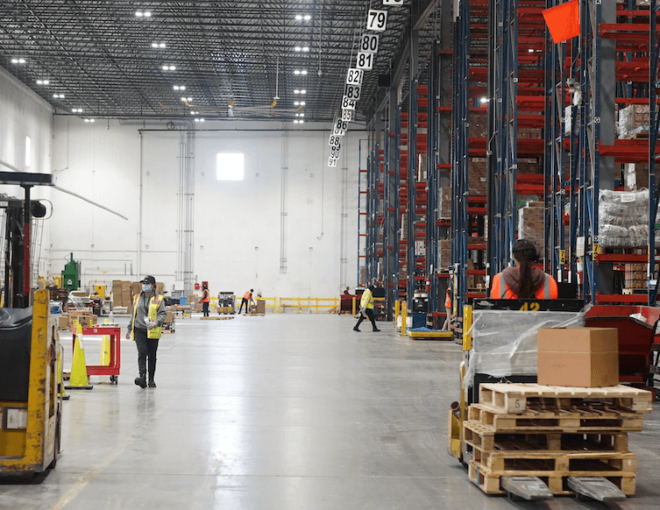
AI, Automation, & Digital Transformation Take Center Stage at Manifest 2025
By: Capstone Logistics
Capstone attended Manifest 2025, and we gleaned some great insights into the future of the logistics industry. The sector is undergoing a rapid technological transformation as AI and automation become more affordable and accessible; and industry leaders at the conference emphasized that businesses must move beyond the hype and focus on real-world applications of AI and automation in warehousing, transportation, and inventory management.
AI is already driving efficiency through predictive analytics, robotic process automation, and AI-powered vision systems for inventory tracking. Meanwhile, warehouse robotics and autonomous vehicles are poised to scale as costs continue to decline, enabling companies to enhance productivity while mitigating labor challenges.
CAPSTONE TAKEAWAY
The next evolution of supply chain management is data-driven, automated, and AI-enhanced, but success depends on execution, not just adoption. While AI-powered tools can provide immense value, strategic partnerships, and human expertise remain essential to ensure seamless integration and ongoing adaptability.
Capstone Logistics helps businesses leverage AI and automation effectively by driving process transformation and providing operational solutions that capitalize on the benefits of new technology—while putting people and our partners at the center of our strategy.
U.S. Freight Recession May Finally Be Ending
By: Business Insider
After three years of downturn, the freight market may finally be shifting toward recovery. A Bank of America report signals that the industry is approaching a growth phase, with its Truck Demand Indicator reaching its highest level since April 2022. The Trump administration has the potential to further accelerate growth, with proposed deregulation and corporate tax cuts encouraging business investment and increasing freight flows.
Industry experts also anticipate rising freight rates and tightening capacity later this year, meaning shippers will need to carefully manage costs and carrier relationships as demand increases.
CAPSTONE TAKEAWAY
As the freight market rebounds, strategic planning and strong partnerships will be critical for shippers looking to control costs and secure capacity. Higher demand often leads to rate fluctuations and potential delays — making data-driven brokerage solutions essential for navigating these changes efficiently. With the freight market heating up, now is the time to optimize your transportation strategy.
Capstone Logistics helps shippers stay ahead by providing real-time market insights, deep carrier relationships, and cost-effective capacity solutions.


Labor Shortages Continue to Challenge U.S. Manufacturing
By: Supply Chain Management Review
Despite an increase in U.S. manufacturing, labor shortages persist across the U.S. manufacturing sector. Data from the Census Bureau’s Quarterly Survey of Plant Capacity Utilization (QSPC) indicates that approximately 20.6% of manufacturing plants unable to operate at full capacity cite insufficient labor supply or skills as a primary constraint. Examining historical data suggests that labor issues are as prevalent now as they were during periods of robust manufacturing growth.
There does not seem to be an end in sight for labor shortages in the sector. Supply chain managers are more likely to see the shortage continuing throughout 2025.
CAPSTONE TAKEAWAY
The ongoing labor shortages in manufacturing underscore the critical need for flexible, scalable workforce solutions. To maintain operational efficiency amid these challenges, manufacturers must adopt strategies that enhance labor utilization and productivity. Relying on a staffing solution tailored to the unique demands of the manufacturing sector can help mitigate the impact of labor shortages, ensuring seamless operations and sustained growth even in a tight labor market.







